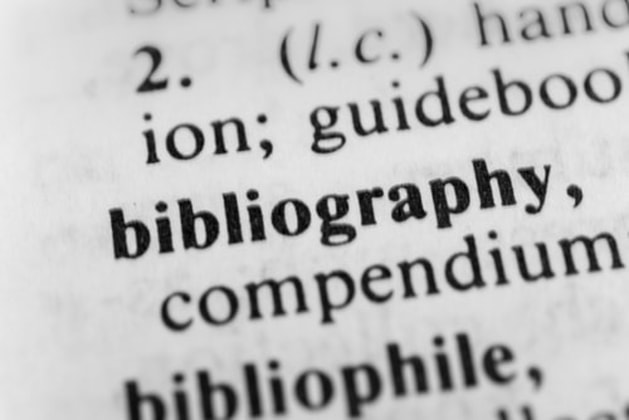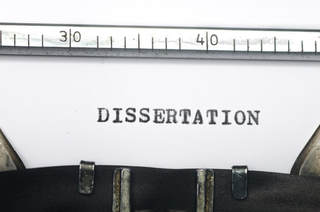
Do you want a percipient writer for your research paper?
When students decide to pursue higher studies they have toiled with multiple numbers of tasks. Writing a research paper is one of them. Students are unable to write mainly because of insufficient time. As they say, it is one of the most time-consuming and a mind-numbing task. We understand student situation and we are offering writing services at a very low price with a 20% discount. What you need to do is? You just book the service with 20% discount. Interact with the tutor. Describe the topic and viewpoint and number of words required also the deadline assigned. Rest you leave it on the expert.
I wish I could get someone to write my research paper fast and cheap. Don’t worry when we are here with our proficient expert writers. Give a pause and book with 20% discount.
If you are venturing for a long time and unable to find the writing service as you desire. We are here to ensure all your requirements in just a click away. Our writing service has hired scholarly writers who are well-skilled to write content which is 100% plagiarism free, and original. Also, we have designed a safe online payment method with a full money back guarantee if you are not assisted by us within 3 hours.
After a long examination, we have understood that a student faces difficulty when it comes to writing a research paper. Student says it is the most daunting task. We have introduced our essay writing service at a very reasonable price to the student according to their requirement. Our writers are knowledgeable and profound to fulfil all the criteria needed by the students. We have aimed to provide all the writing services at a reasonable cost. We have been assigned with more than 20,000 research papers and as we provide it fast we have been recommended as one of the finest among online writing services. We have been praised by our customers with full satisfaction. These features lead us to be the no. 1 among the online writing services. We have structured our services in such a manner that it presents to be authentic, reliable, and trustworthy. We have a long list of satisfied customers who are happy and fully satisfied with our services.
Our services have never left any needy customers. We are fast and provide services before the deadline. Our expert team members are able to handle the pressure of the urgent requirement. These writers have gained with higher qualification background and understand the academic coursework provided by most of the UK universities. The content is passed through the scrutiny before final submission to the customer. We understand the stringent requirement needed by the universities. A student can keep on checking the progress of their research paper.
Do you want to know about our confidential policy?
We have followed a secrecy policy for years. We understand the details provided by any student is very confidential and we ensure that all the data provided to us is secure and safe with us. We are authentic and acclaimed writing services as we follow a stringent policy against a plagiarised content and believe in money back guarantee if a customer finds any duplicity in the content. If a customer is not satisfied according to their requirement we have the money back policy. We ensure our percipient writers are following all the rules consciously. Our team has created a user-friendly interface to answer all sceptical queries regarding our services.
We have hired a team of native writers from the reputed UK universities. They have gained a higher qualification of a Master’s degree and are able to write any academic coursework. These writers have the ability to solve any complicated topic and frame content out of it. The discount offer provided to the students is as significant as we work in the online writing service industry. If you need us to write your research papers urgent book our service. We understand it might be difficult to trust in writing service and decide to spend money on us. To ensure this we have our authenticity and for years of serving, we have gained many global appreciation certifications which prove that we are an authentic company in the writing industry. Above all, our unique 20% discount offers with no extra additional cost defines our simple price structure. The best way to describe our services would be letting us work for your assignment even though it requires least of 3000 words. It can make you understand our creativity and way of working. So if you are running out of time book our services with a 20% discount on your order. Take quick action and let us work.
We are offering you the best and authentic service. With our team of skilled, proficient and legitimate UK writers, we are making the complicated task easier for you. We have clean and simple price structure and no hidden or extra additional cost for any services which you might face while working with other writing services.
When students decide to pursue higher studies they have toiled with multiple numbers of tasks. Writing a research paper is one of them. Students are unable to write mainly because of insufficient time. As they say, it is one of the most time-consuming and a mind-numbing task. We understand student situation and we are offering writing services at a very low price with a 20% discount. What you need to do is? You just book the service with 20% discount. Interact with the tutor. Describe the topic and viewpoint and number of words required also the deadline assigned. Rest you leave it on the expert.
I wish I could get someone to write my research paper fast and cheap. Don’t worry when we are here with our proficient expert writers. Give a pause and book with 20% discount.
If you are venturing for a long time and unable to find the writing service as you desire. We are here to ensure all your requirements in just a click away. Our writing service has hired scholarly writers who are well-skilled to write content which is 100% plagiarism free, and original. Also, we have designed a safe online payment method with a full money back guarantee if you are not assisted by us within 3 hours.
After a long examination, we have understood that a student faces difficulty when it comes to writing a research paper. Student says it is the most daunting task. We have introduced our essay writing service at a very reasonable price to the student according to their requirement. Our writers are knowledgeable and profound to fulfil all the criteria needed by the students. We have aimed to provide all the writing services at a reasonable cost. We have been assigned with more than 20,000 research papers and as we provide it fast we have been recommended as one of the finest among online writing services. We have been praised by our customers with full satisfaction. These features lead us to be the no. 1 among the online writing services. We have structured our services in such a manner that it presents to be authentic, reliable, and trustworthy. We have a long list of satisfied customers who are happy and fully satisfied with our services.
Our services have never left any needy customers. We are fast and provide services before the deadline. Our expert team members are able to handle the pressure of the urgent requirement. These writers have gained with higher qualification background and understand the academic coursework provided by most of the UK universities. The content is passed through the scrutiny before final submission to the customer. We understand the stringent requirement needed by the universities. A student can keep on checking the progress of their research paper.
Do you want to know about our confidential policy?
We have followed a secrecy policy for years. We understand the details provided by any student is very confidential and we ensure that all the data provided to us is secure and safe with us. We are authentic and acclaimed writing services as we follow a stringent policy against a plagiarised content and believe in money back guarantee if a customer finds any duplicity in the content. If a customer is not satisfied according to their requirement we have the money back policy. We ensure our percipient writers are following all the rules consciously. Our team has created a user-friendly interface to answer all sceptical queries regarding our services.
We have hired a team of native writers from the reputed UK universities. They have gained a higher qualification of a Master’s degree and are able to write any academic coursework. These writers have the ability to solve any complicated topic and frame content out of it. The discount offer provided to the students is as significant as we work in the online writing service industry. If you need us to write your research papers urgent book our service. We understand it might be difficult to trust in writing service and decide to spend money on us. To ensure this we have our authenticity and for years of serving, we have gained many global appreciation certifications which prove that we are an authentic company in the writing industry. Above all, our unique 20% discount offers with no extra additional cost defines our simple price structure. The best way to describe our services would be letting us work for your assignment even though it requires least of 3000 words. It can make you understand our creativity and way of working. So if you are running out of time book our services with a 20% discount on your order. Take quick action and let us work.
We are offering you the best and authentic service. With our team of skilled, proficient and legitimate UK writers, we are making the complicated task easier for you. We have clean and simple price structure and no hidden or extra additional cost for any services which you might face while working with other writing services.



















 RSS Feed
RSS Feed
